Your cart is currently empty!
If you’re taking your running seriously then you may be thinking about getting into the gym to improve your strength. The benefits of strength to your injury risk and performance are best reaped in the gym where you’ve got access to a lot of weight. But going there for the first time can be daunting especially if you’ve not been before or you don’t have a plan. So that’s why I’m writing this guide to key exercises that runners should do in the gym.
In this guide I’ll mainly talk through key compound movements – exercises that work multiple different muscles and joints. These exercises being squats, lunges, calf raises and deadlifts. These are your most efficient exercises, so if you’re short on time, these are your friends. That way you can work multiple muscles in less time. All of these exercises feature in our online run strength training programmes. Be sure to have a look at those if you want figure out how to fit these exercises into a programme.
SQUAT
Squats are great option as they strengthen across your whole lower leg muscles and because they train both legs, a lot of your nervous system is activated. This has the advantage of both strengthening the muscles you need to absorb and push off, but also you improve your nervous system’s ability to make them contract.
There are many different ways to squat, so it’s worth knowing which one will give you most bang for buck though.
Goblet Squat
Advantages
- Great to learn the form if it’s your first time coming to the exercise
- Can be loaded up relatively heavy with a dumbbell cupped into your chest
- Easy to fail with if you pick a weight that’s too heavy
Disadvantages
- Limited in how heavy you work your legs by how much you can hold in your hands. This limits how much training effect you will get from the exercise
Front Squat
Advantages
- Allows you to keep your form well if progressing from a goblet squat
- Can be loaded heavily enough to create training adaptation
- The weight in front of your body causes your body to stabilise more
Disadvantages
- Some people will be limited by shoulder or wrist mobility in supporting the bar
- Can be painful for some people supporting the bar on the shoulders
- Uses more of your body so can feel very demanding
Back Squat
Advantages
- Can be weighted more than any other squat variation
- Can feel more stable with the bar on your back
Disadvantages
- Can be easy to lose form and bias lower back muscles because of the bar position
- Can feel slightly uncomfortable for some with the bar sitting on the upper back
Leg Press
Advantages
- Can be used to protect your back if you have an injury or get very tight through this area
- Very easy to bias your lower legs and predominantly your glutes
Disadvantages
- Because of your seated position, there is less of a need to create stability through your core, and therefore you train this less
- Different leg press machines are different weights (despite what the machine says) and it can be hard to monitor progression.
Single Leg Squat
Advantages
- One of the best ways to build strength through one leg which can help address imbalances
- A good option to continue strength training with an injury to one leg as you can complete this on the other leg (and still benefit on your injured leg through cross-transfer)
Disadvantages
- You need a good level of strength to achieve range of motion with this movement which will limit how much strength you can build
- Takes more time due to completing reps on both legs
LUNGE
Lunges are in some ways very similar to single leg squats in that the movement involves bending and straightening of the hips, knees and ankles. But the difference with a lunge is that your other leg is in some way supporting your body weight as well. This means that it is much easier to work through range of motion than in a single leg squat and it also means it’s much easier to add weight to.
There are subtle differences in each lunge variation, so to find the most effective lunge for you, read this quick guide
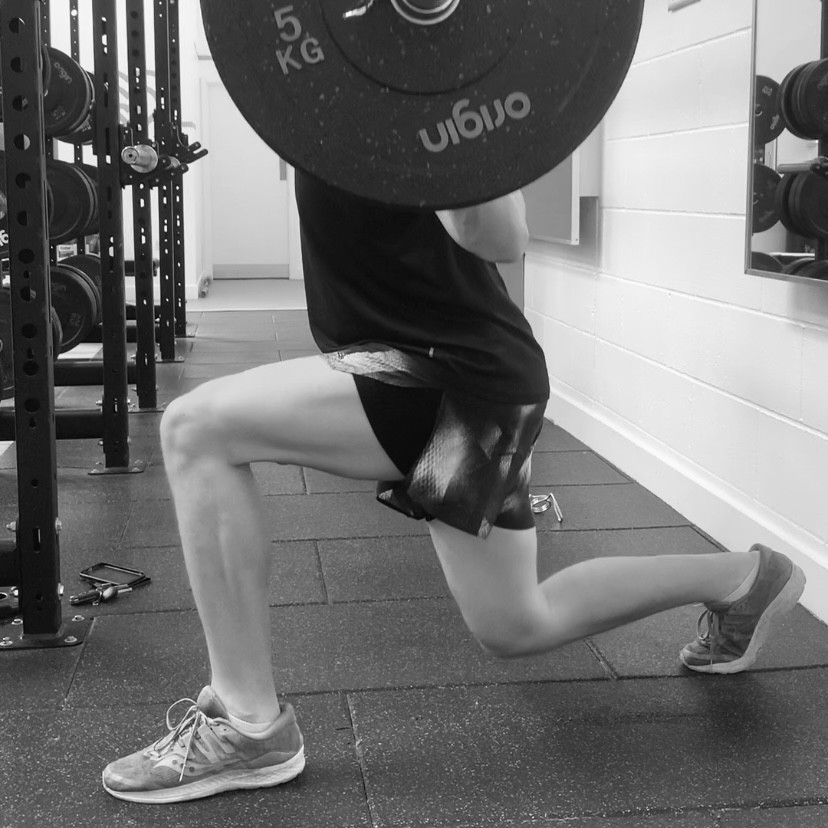
Reverse/Forward Lunge
Advantages
- Can slightly overload your eccentric (downward) portion of the exercise which builds better strength for absorbing your stride
- One of the most effective lunges to load both glutes and quads heavily
Disadvantages
- Because of the step forward or backwards this can cause fatigue and negatively affect rep quality further into the set
- Barbell position on the back or front of shoulders can be uncomfortable
Split Squat
Advantages
- Can load heavier than a reverse or forward lunge because there isn’t a step involved, making you more stable
- Great for building more strength in the glutes and quads
Disadvantages
- Barbell position on the back or front of shoulders can be uncomfortable
Bulgarian Split Squat
Advantages
- Back foot being elevated helps loads your quads more which can be great for those who need to build more quad strength
- Can be weighted with a barbell or a dumbbell making a difficult and unstable movement easy to be eased into
Disadvantages
- Back foot being elevated makes the movement very unstable and not great for beginners
- Can be hard to unrack a barbell and get into the start position
Dumbbell Lunge
Advantages
- Great for practicing your lunge movement to get the form right
- Can build good single leg strength effectively in beginners to the movement
Disadvantages
- Limited in how much you can lift by how much your hands can hold
- Limited in how much strength you can build
CALF RAISES
The calves are the most dominant muscle when running and calf raises are the most effective way to strengthen calves. Therefore calf raises are an absolute must for runners. Stronger calves equal better push off ability and less risk of injury which will add up to a massive benefit in your running.
There are different methods you can do to train calves though and each has it’s own pros and cons so make sure you pick the right one for you.
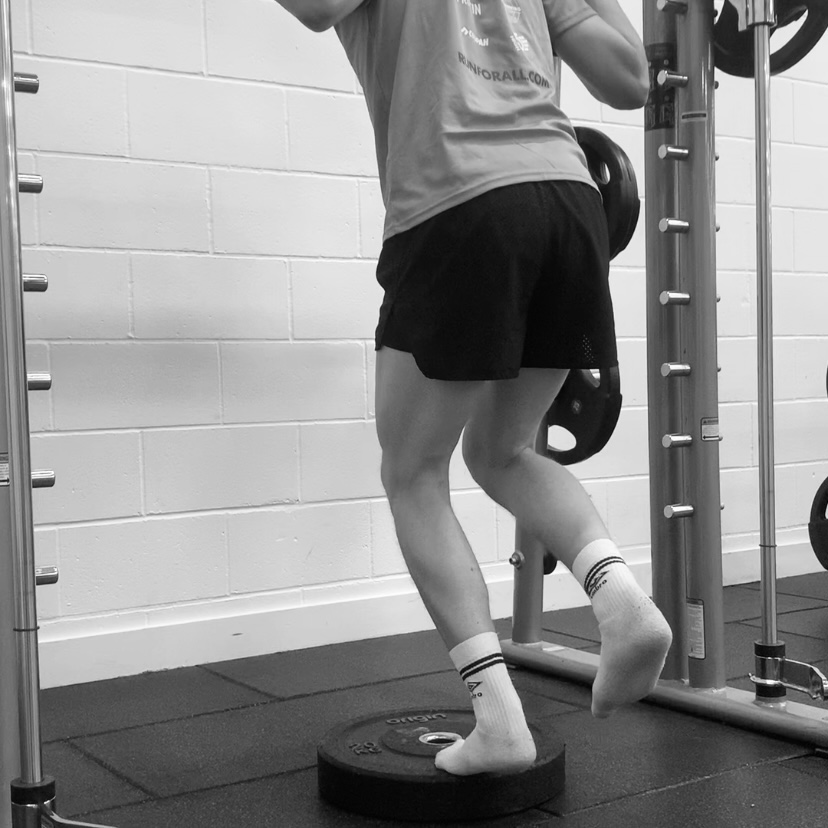
Barbell Calf Raises
Advantages
- Able to load up heavily to build strength effectively
- Option is likely to be available in most gyms
Disadvantages
- Only limited to double leg as it is hard to balance on one leg with a barbell on back
Smith Machine Calf Raises
Advantages
- Able to complete double or single leg because the bar is fixed horizontally
- Able to load up heavily to build strength effectively
Disadvantages
- Because stability is provided by the smith machine, outside muscles in the calf that act to stabilise, don’t get trained as much
Safety Bar Calf Raises
Advantages
- Best way to train calves through both load and stability
- Easy to load up heavily and do both double leg and single leg
Disadvantages
- Need some support through your hands on a squat rack on bar in front for example
Leg Press Calf Raises
Advantages
- Can train both double or single leg
- Easy to load up heavily to build strength effectively
Disadvantages
- Can be quite risky with an extended leg on the leg press
- Because leg press can only go one way, stability in the calves is not trained as much
Dumbbell Calf Raises
Advantages
- A good starter exercise to achieve full range of motion and introduce calf raises for beginners
Disadvantages
- Limited by how much weight you can hold in your hands
- Limited in how much strength you can build for more experienced lifters
DEADLIFT
Deadlifts are a great category of exercise for targeting your posterior chain. Your posterior chain is made up of the muscles on the backside of your body. Your calves, hamstrings, glutes, and back. In a sense that lunges and squats are little more for your anterior chain because they target your quads, deadlifts are a way to potentially balance that out by training your posterior chain,
Choosing the right deadlift will again have implications on whether you’re training the right muscle groups and if you’re likely to bias or overuse certain areas.
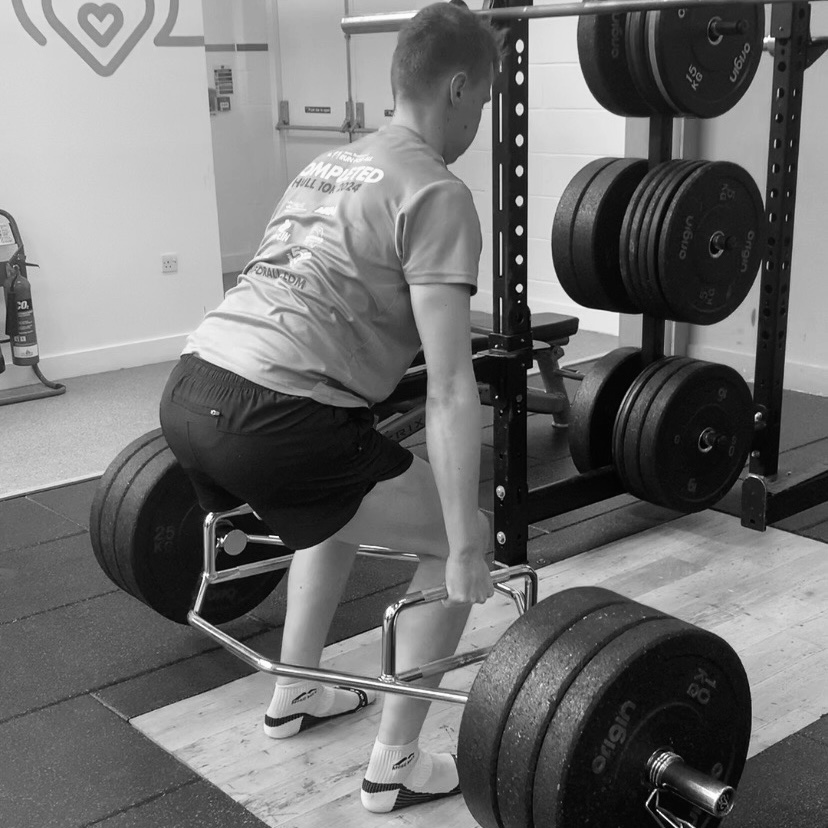
Trap Bar Deadlift
Advantages
- Less range of motion can leave you feeling less sore the day after a heavy lift
- The weight is distributed around your body so you don’t have to bias your back as much as a conventional deadlift
- Easy to load heavily and build strength effectively and safely
Disadvantages
- Less range of motion means your muscles aren’t trained at longer lengths which is where they’re weakest
Romanian Deadlift (RDL)
Advantages
- Easy to load heavily and build strength effectively
- A good exercise for safely loading the hamstrings and back at the same time
Disadvantages
- Can be limited by grip strength if you don’t use straps
- Can be very easy to bias the lower back instead of glutes and hamstrings
Conventional Deadlift
Advantages
- Good for training the hamstrings, glutes and back safely. More glute drive than an RDL
- Can be loaded heavily to build strength effectively
Disadvantages
- Very easy to bias the lower back instead of glutes and hamstrings
- Can be limited by grip strength if you don’t use straps
Single Leg RDL
Advantages
- Great to build single leg glute and hamstring strength
- Stabilising on one leg trains the stabiliser muscles such as your gluteus medius which can lead to better running form
- Can be loaded heavily to build strength effectively
Disadvantages
- Very easy to bias the lower back instead of glutes and hamstrings
- Can be limited by grip strength if you don’t use straps
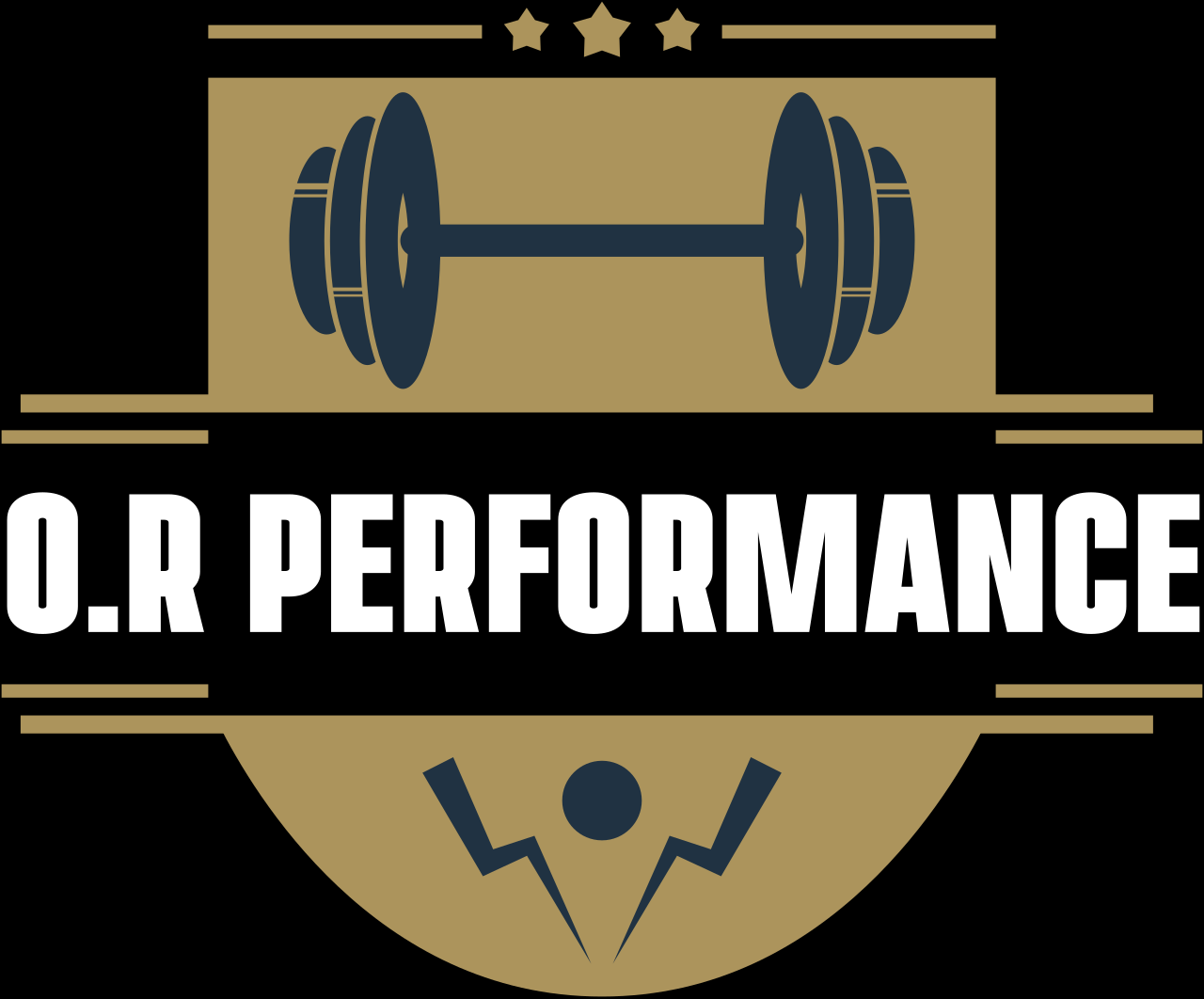
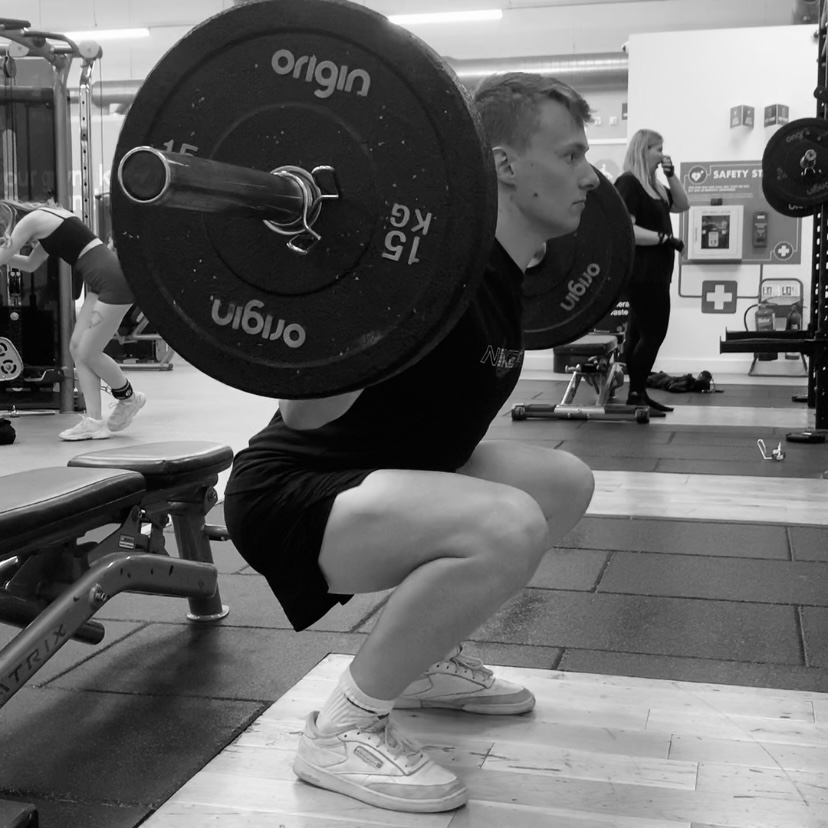
Leave a Reply